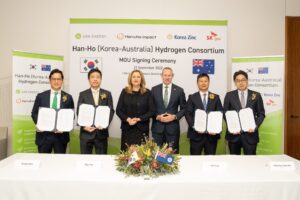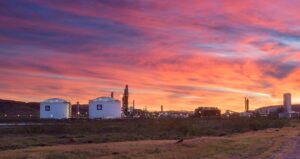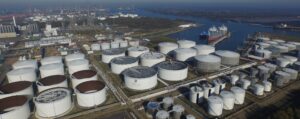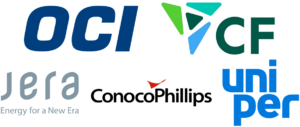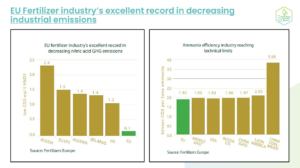Building a renewable ammonia supply chain between Australia and Korea
Korea Zinc, Hanwha Impact, SK Gas and Australia-based Ark Energy will work together to build a million-tonne-per-year renewable ammonia supply chain between Korea and Australia by 2032. Ark Energy’s renewable energy portfolio in Queensland will be leveraged for ammonia production, with the three South Korean organisations acting as offtakers. The announcement comes as the Qld state government launches an ambitious new energy plan, which will support the addition of 20-plus GW of renewable energy generation to Qld’s grid.
